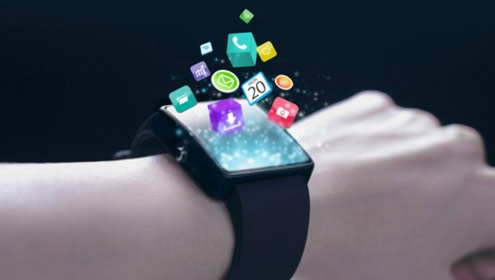Many smart watches are equipped with heart-rate monitors. These devices measure heart rate at rest as well as during exercise. By monitoring heart rate, users can monitor and manage their exercise routines. If they overexert themselves, an alarm will sound, slowing down the user so as to avoid injuries. They can also record single-lead ECGs. By incorporating these features into their daily routines, smart watches can help improve your health and reduce the risk of accidents.
Tracking sleep patterns

A sleep tracker is useful for determining your sleep quality. It can detect sleep apnea and flag any symptoms for further medical attention. A Pulse Ox or SpO2 sensor is required for such a device. Some other features include tips for a better sleep and a journal of your daily activities. Sleep is essential to your health, so track your sleep patterns to improve your health.
Some smart watches measure total sleep time. This information is useful for discussing your sleep habits and achieving a better sleep pattern. However, the accuracy of sleep tracking devices is still questionable, especially since there is only a limited amount of research to back up their claims. In addition, different devices may have slightly different data. Therefore, if you want to track your sleep patterns with a smartwatch cheap, make sure to buy one that tracks both heart rate and movement.
Monitoring heart rate
With all of the health benefits that can be derived from tracking your heart rate with a smart watch, you’ll want to consider purchasing one as soon as possible. With the help of a wearable device, you can track your heart rate at rest or during physical activity. Smart watches that track your heart rate can also detect atrial fibrillation, a condition that can lead to a cardiac event.
A wearable heart rate monitor may be accurate or inaccurate, and it’s important to know how to use one properly. Several factors can affect the accuracy of the heart rate sensor. If you talk or yell while wearing your wearable, the light from the screen is not reflected evenly. Another problem can occur if the device is not well-fitted. If the light isn’t even, the wearable may mistakenly identify your wrist as an obstruction and misinterpret the data.
Recording single-lead ECG
The single-lead ECG technology in smart watches is a far cry from the 12-lead electrocardiograph used in hospitals. The 12 lead ECG is more sophisticated and captures many readings. The single-lead ECG is more limited, however, and has a few limitations. It does not detect all the heart rhythm abnormalities, or detect changes in heart structure and electrical activity caused by a heart attack.
Conclusion:
Acute coronary syndromes are among the leading causes of death and disease burden in high-income countries. Rapid diagnosis of symptoms is critical to avoid potentially fatal events and improve prognosis. Researchers wanted to assess whether a smartwatch could be useful in helping people improve their health by recording single-lead ECG. These studies will be the first to test this new technology.
